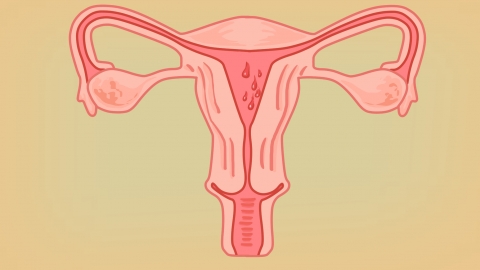What does "endometrial polypoid lesion" mean?
Generally, endometrial polypoid lesions refer to localized excessive growth of the endometrium, presenting morphological changes similar to polyps. These lesions may represent benign hyperplasia or carry a risk of pathology. Detailed analysis is as follows:

Endometrial polyps are typically caused by excessive estrogen levels stimulating abnormal endometrial hyperplasia. They commonly occur in perimenopausal or postmenopausal women. Ultrasound examination may reveal localized endometrial thickening with heterogeneous echotexture, sometimes with a stalk connecting to the uterine wall.
If the lesion is small and no obvious symptoms are present, such as abnormal vaginal bleeding or menstrual irregularities, it may represent a simple benign hyperplasia, which can sometimes regress spontaneously. However, if the lesion is large, grows rapidly, or is accompanied by symptoms such as heavy menstrual bleeding, prolonged menstruation, or postmenopausal bleeding, there may be a risk of malignancy. Further diagnostic evaluation via hysteroscopy and histopathological analysis of tissue samples is required to determine the nature of the lesion and guide appropriate treatment decisions.
Upon detection of endometrial polypoid lesions, it is important not to panic unnecessarily. Patients should seek timely medical evaluation to complete necessary investigations and establish a clear diagnosis. Based on the physician's recommendations, observation or treatment can be selected. Regular follow-up examinations are necessary after treatment. Maintaining a regular lifestyle and avoiding excessive intake of estrogen-containing foods or supplements can help reduce the risk of recurrence.






